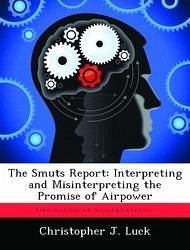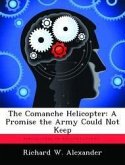This study analyzes the extent to which the Smuts Report accurately assessed the capabilities, limitations, and emerging potential of British airpower in 1917. The primary sources for this thesis include the Smuts Report itself, memoirs of principal actors, and newspaper articles from The Times (London). Secondary sources are drawn from the wealth of literature on the strategic context of the Great War; the war's ground and air operations, particularly on the Western Front; biographies of the principal actors; and several analyses of the nature of airpower, which include scholarly critiques of the evolution of the idea and doctrine of strategic bombing. The Great War rapidly turned from one of maneuver to one of stalemate. As the generals adopted a strategy of attrition, politicians began to search for alternative solutions to the slaughter. Airpower appeared to offer such an alternative. General Jan Christiaan Smuts' intellect and breadth of vision allowed him to grasp the potential for strategic airpower.
Hinweis: Dieser Artikel kann nur an eine deutsche Lieferadresse ausgeliefert werden.
Hinweis: Dieser Artikel kann nur an eine deutsche Lieferadresse ausgeliefert werden.








